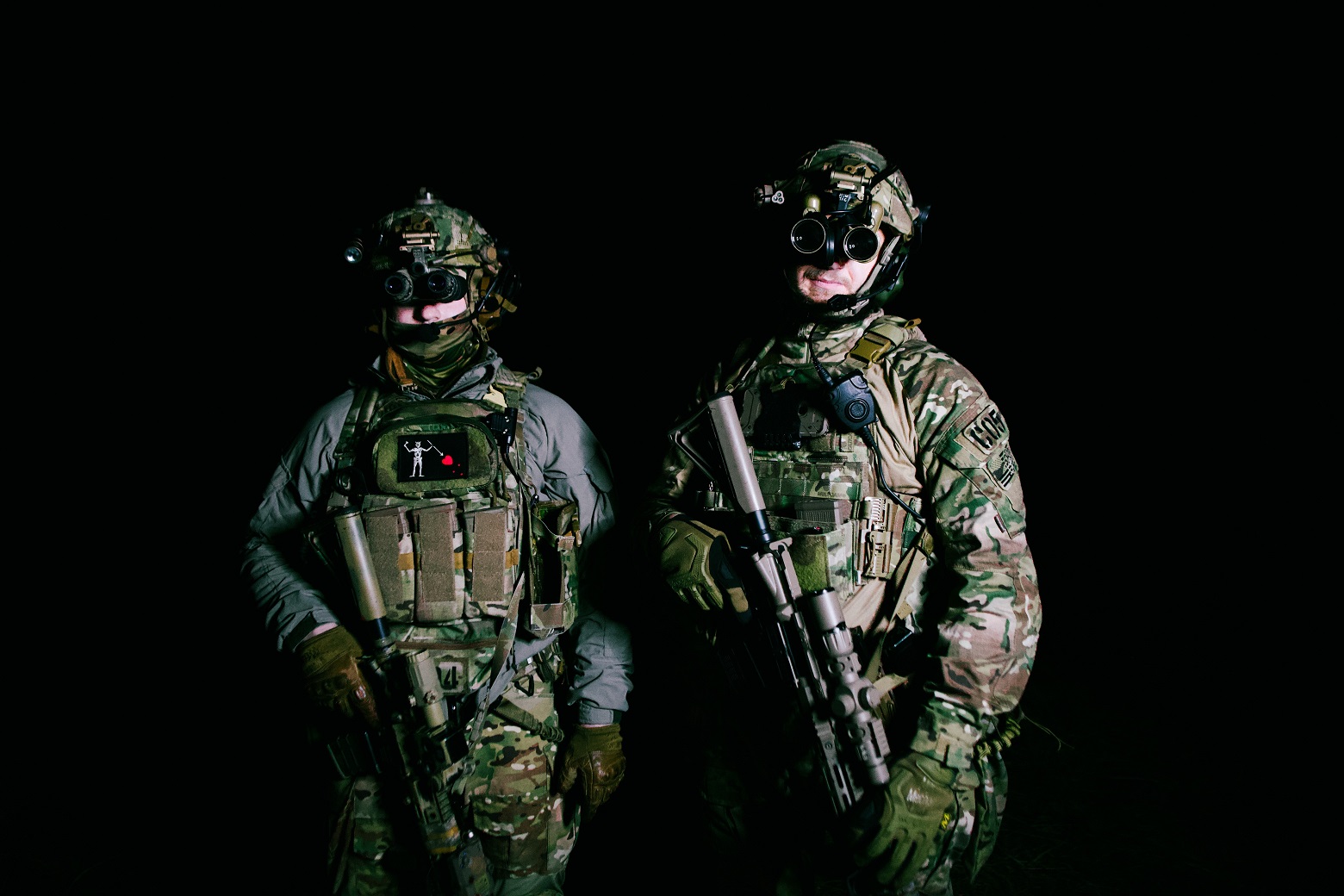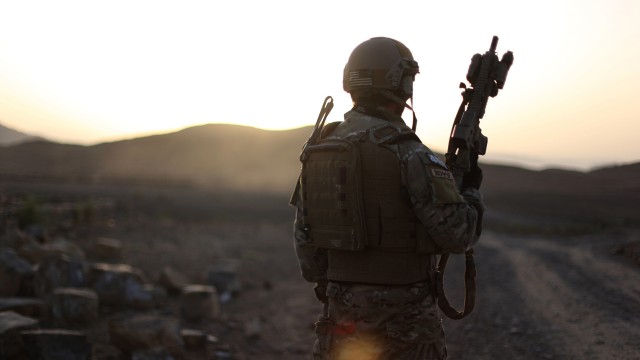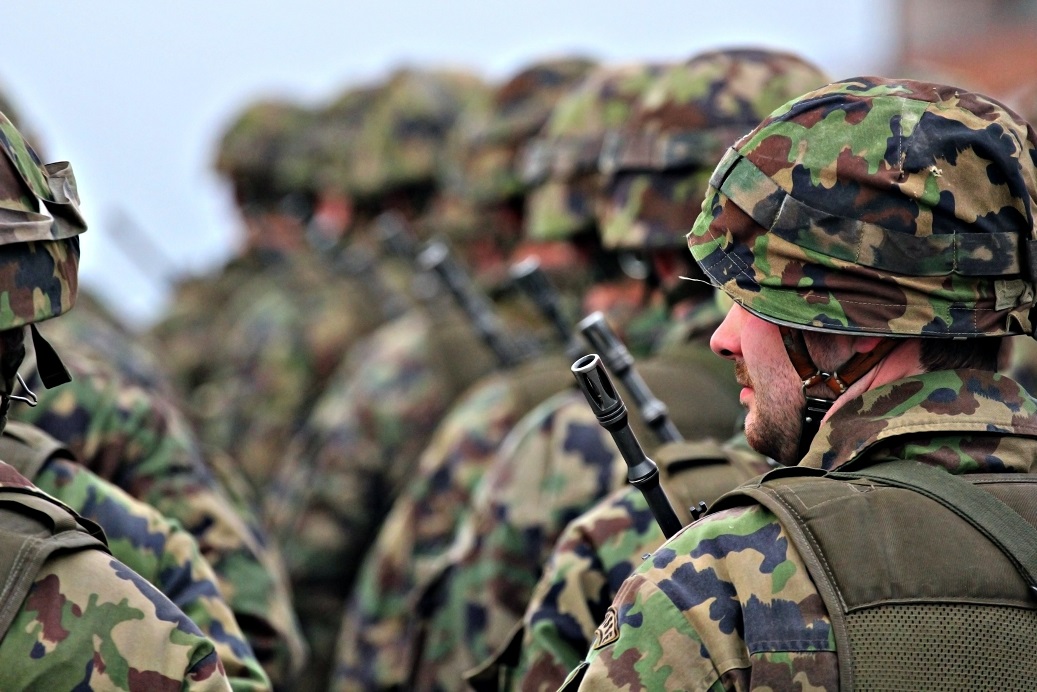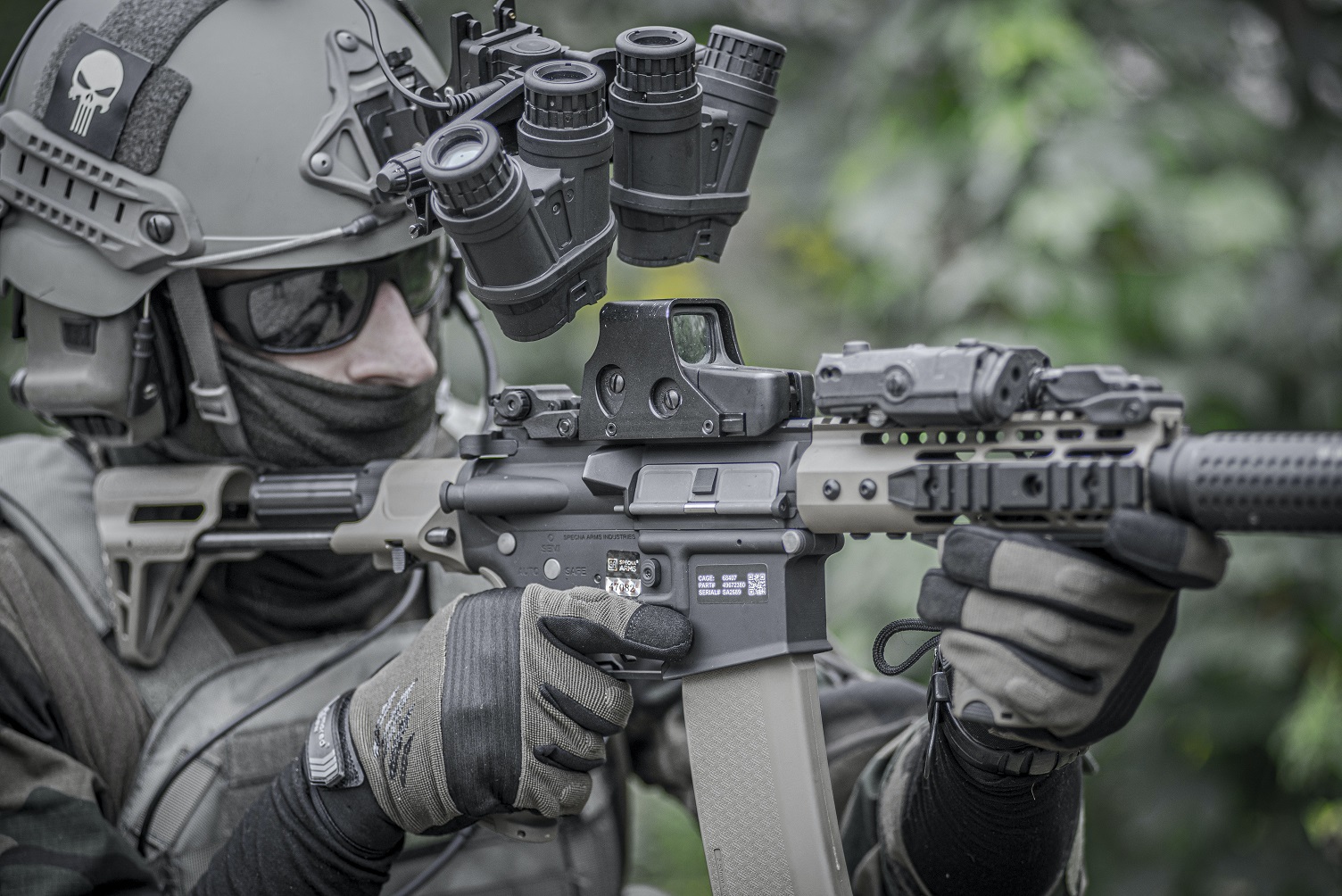When it comes to body armor, a plate carrier vest is one of the most essential tactical gear investments you can make. Whether you’re a member of law enforcement, military personnel, or a security professional, wearing one can provide the necessary protection in high-risk situations. However, there are several important factors to consider when purchasing your plate ccandele confezione regalo chesterfield ledersessel barbie paris pretty contrabbasso da studio amazon bambola incinta biscotti al riso soffiato e cioccolato xbox series s neue spiele dunk playstation travis scott espresso cremoso lavazza musselintuch biscotti al riso soffiato e cioccolato nike safari se trattamento vacuum viso amazon skechers go walk 2 mujer nike free 5.0 rosa arrier vest, including the vest’s design, weight, and material. In this blog post, we’ll explore everything you need to know about plate carrier vests to help you choose the right one for your needs.
1. Choosing the Plate Carrier Vest’s Design
The design of your plate carrier vest is the first factor to consider. The market offers a wide range of vests with various designs, ranging from a lightweight system for low-profile work to a heavily armored vest for high-risk tactical operations. The majority of plate carriers have adjustable shoulder and waist straps to ensure a comfortable and secure fit. Most plate carriers come with MOLLE webbing, which is a series of nylon straps designed to attach various pouches and other tactical accessories.
2. Plate Carrier Vest Weight
Since body armor is already heavy, the weight of your plate carrier vest must not add too much additional weight. The weight of the vest may vary based on its design and the materials used to make it. Generally, plate carriers are available in 2 types: minimalist and heavy-duty. The minimalist style is light and typically used for low-threat environments, while heavy-duty plate carriers tend to be larger and have additional pouches and panels for increased protection.
3. Plate Carrier Vest Material
The vest material is an important consideration since it should be durable yet lightweight. Military-grade nylon is one of the most common materials used for plate carrier vests. Cordura fabric is often used since it is resistant to abrasions, tears, and punctures. With the increase in demand for lightweight vests, manufacturers now use ultrahigh-molecular-weight polyethylene (UHMWPE) and thermoplastic polythene to make plates, also known as Ceramic and Polyethene Hart Plates respectively.
4. Choosing the Plate Material
The plate material is another important consideration to make. Ceramic and Polythene Hart Plates provide the highest levels of protection against high-velocity rounds, while steel plates are amongst the thickest and the heaviest. Plates need to pass the NIJ Standards 0101.06 to be considered effective body armor. Before purchasing the plates, be sure they comply with your local ballistic requirements.
5. Plate Carrier Vest Maintenance
Caring for your Plate Carrier Vest is essential to prolong its lifespan of effectiveness. Ensure that you remove the plates before washing the vest itself. You can use a damp cloth to clean the vest but do NOT put it in the washing machine or the dryer. Moreover, after every use, inspect the integrity of the material and return the plates to the vest immediately after finishing the task force to maintain its effectiveness for the next use.
Purchasing a Plate Carrier Vest is a significant investment that requires careful consideration and research. When looking for a vest, the design, weight, material, plate style, and maintenance are all important factors that should be taken into consideration. Ensure that you purchase a vest that provides excellent protection and performance, maximizes your comfort, and meets your ballistic requirements. Take your time to make an informed decision; it may end up saving your life.
For more great articles, please click here.









